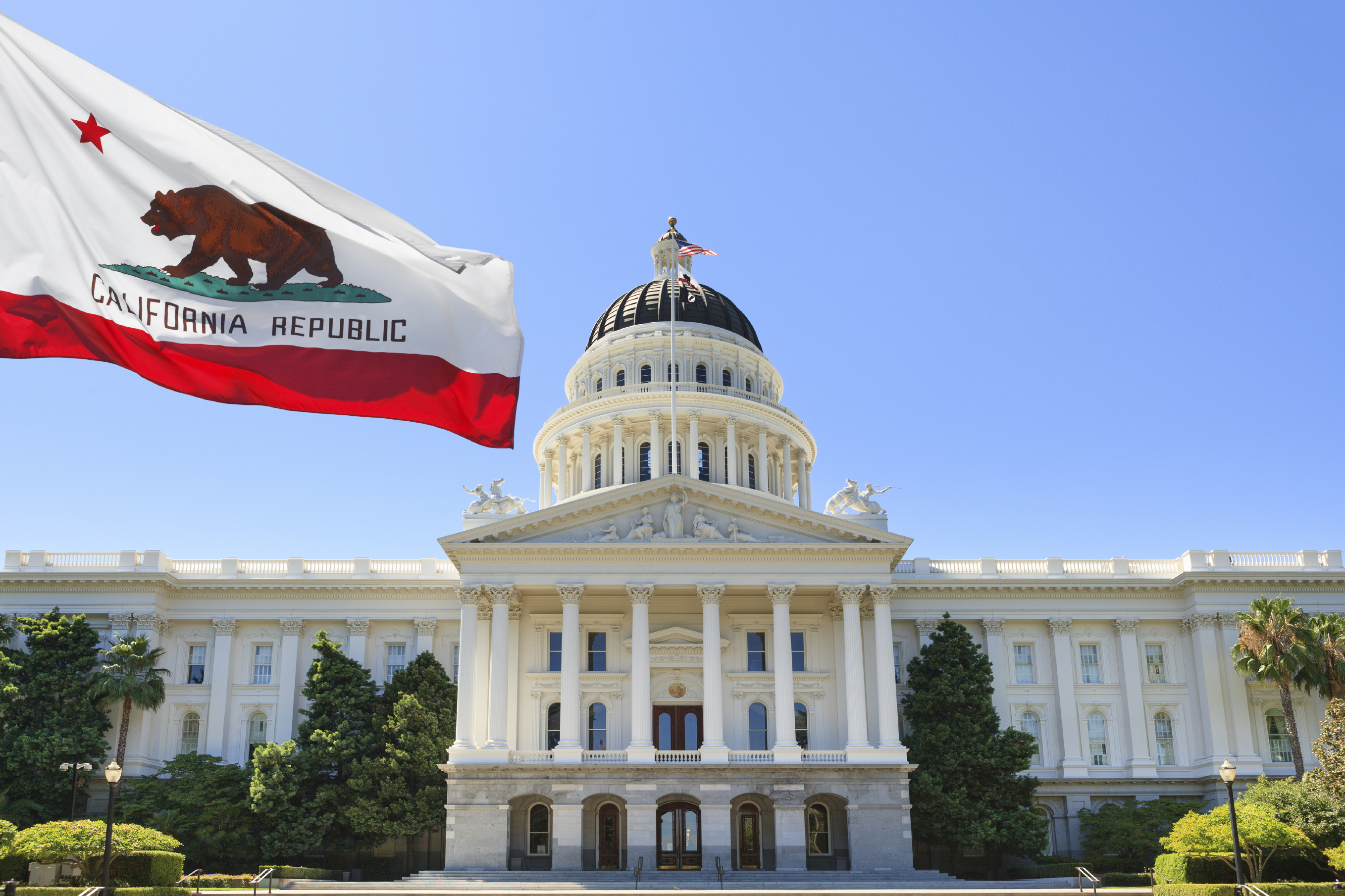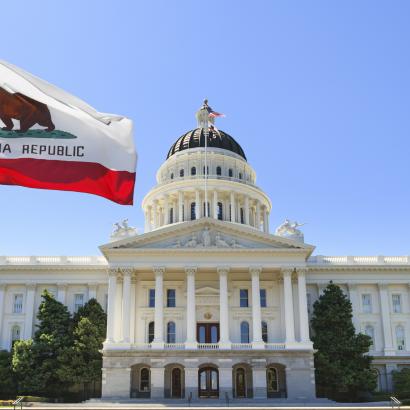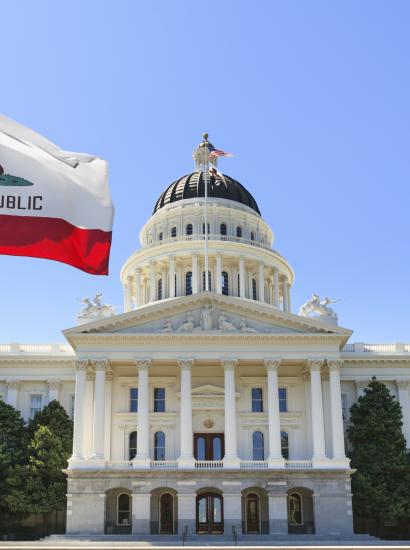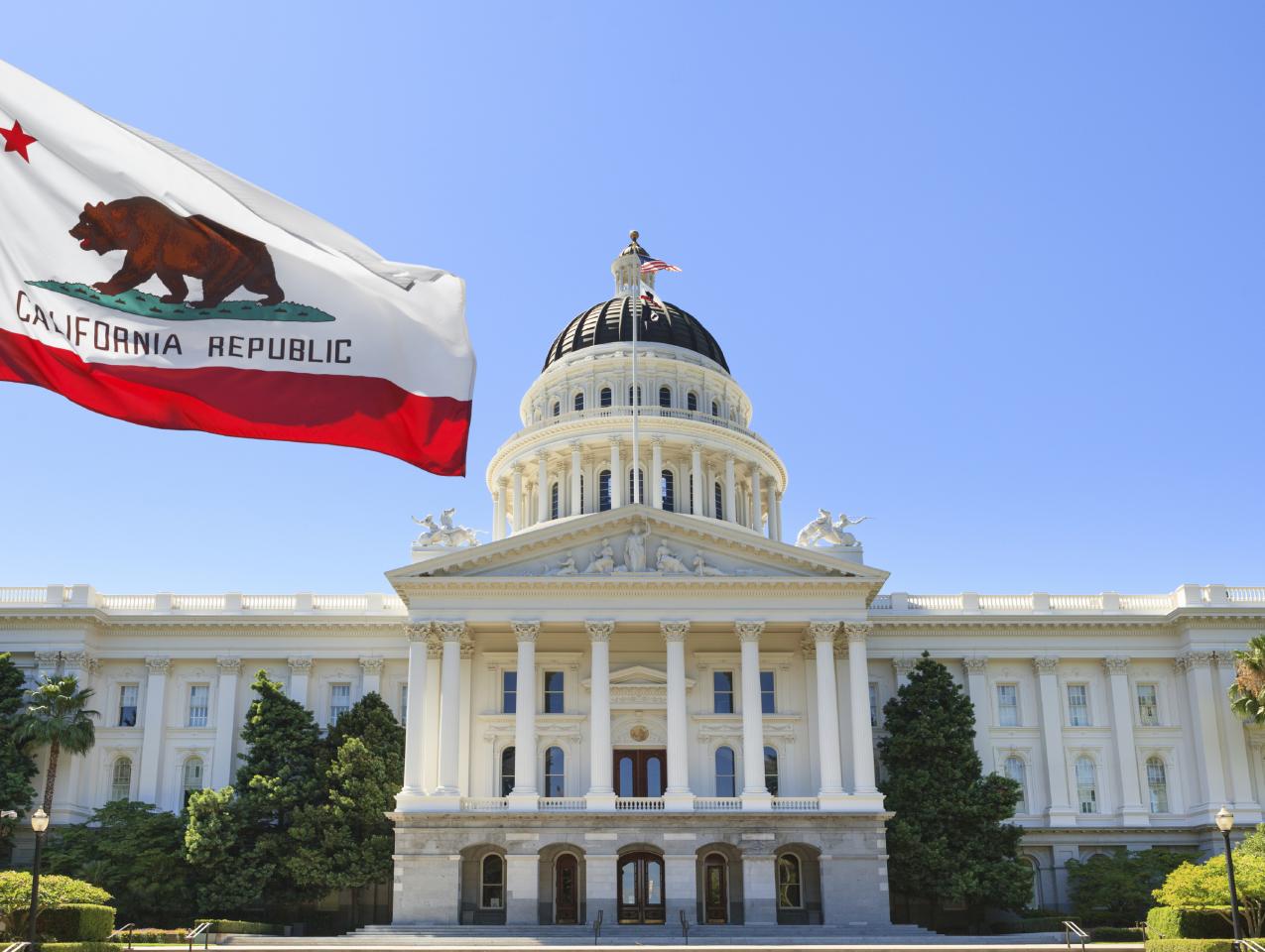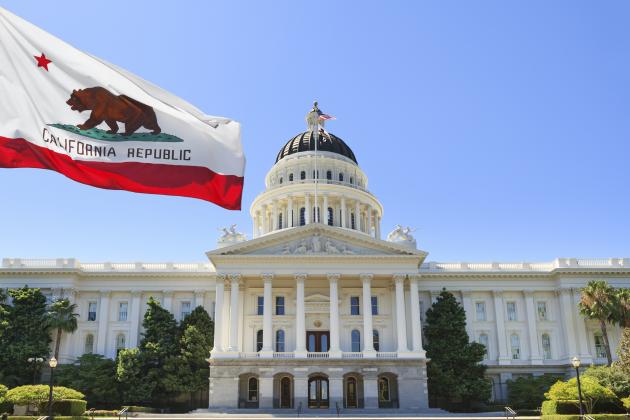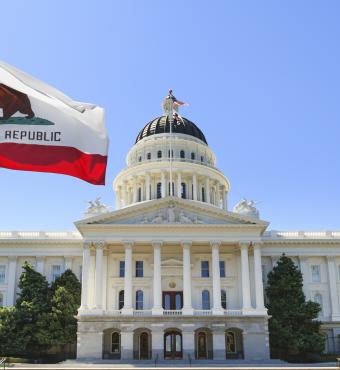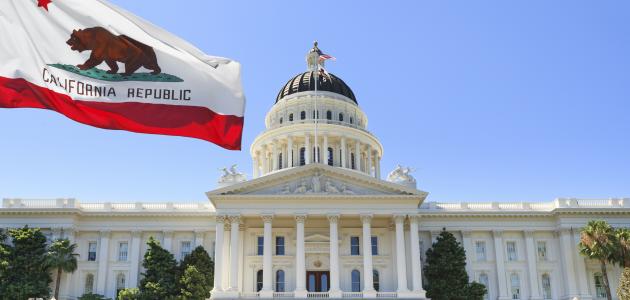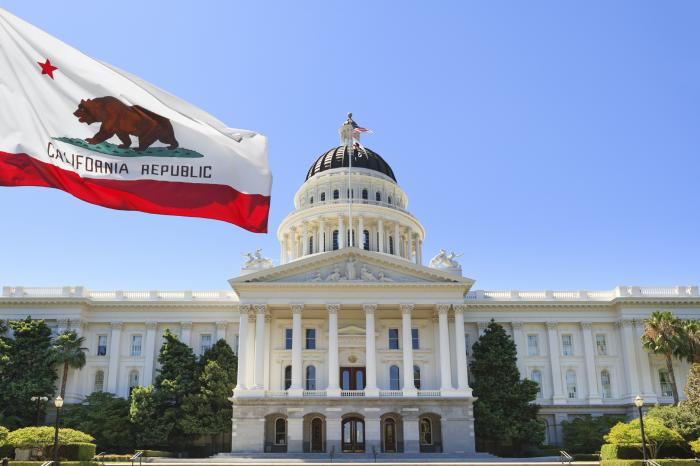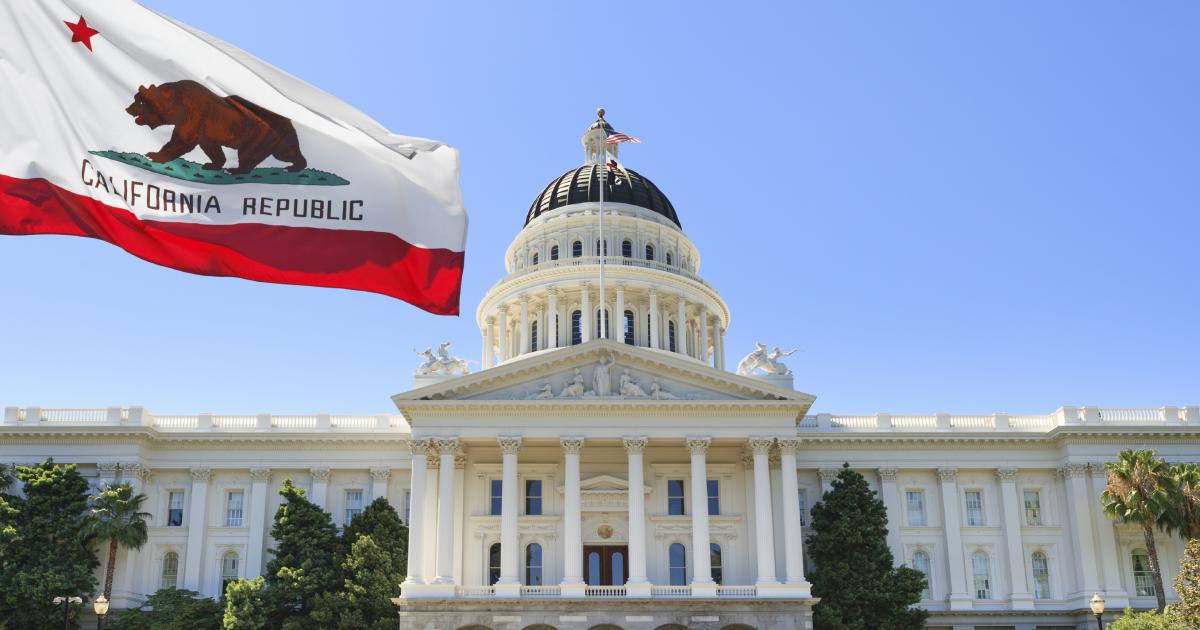- Politics, Institutions, and Public Opinion
- Campaigns & Elections
- State & Local
- California
One of the oddities of the California ballot: the left side of the first page (assuming one’s voting by mail and not in person on a touchscreen) couldn’t mean less, while the right side of that page—known as “Card A”—is far more intriguing.
What do I mean by that?
On the left side of “Card A” is the choice for president—in California, about as dramatic as watching grass grow. The last competitive presidential race in the Golden State occurred in 1988 (with George H. W. Bush winning by 3.5%). Since then, a Republican nominee hasn’t come within 10 points of his Democratic opponent. That includes President Trump, who lost California by a staggering 30 points back in 2016 and seems destined for another thumping in a state he loves to criticize.
So look instead at the right side of “Card A” and the local US House of Representatives races. For it’s here that California will play a more sizable role in national politics in 2020.
At present, the Cook Political Report rates only 92 of 535 House seats as worth the bother of tracking (i.e., competitive at the moment, or possibly becoming that way between now and Election Day).
That’s only one in every six House seats, which is roughly the same ratio of California House seats in play. Cook deems eight of the Golden State’s 53 House seats as worth watching. Two seats—California’s 10th and 39th Congressional Districts – fall under the 18 seats nationwide deemed “likely” to remain Democratic. One seat—California’s 48th CD—falls under the 18 deemed to “lean” Democratic. One seat—California’s 21st CD—is considered a “toss-up” seat currently held by the Democrats.
On the Republican side: one seat (California’s 25th CD) is rated as a “toss-up” (there are 14 of these nationwide). Three other GOP seats—California’s 4th, 22nd and 50th CDs—fall under the 16 deemed “likely” to remain Republican.
So why are these races worth noting?
For openers, they offer a clue as to whether 2018 and a “blue wave” that most notably swept across the once-conservative bastion that was Orange County was a sign of changing times in California—previously GOP areas now trending Democratic—or something closer to a midterm aberration.
That’s true in the 25th CD, the last GOP-held House seat mostly rooted in Los Angeles County, which sent a Democrat to Washington in November 2018 (Rep. Katie Hill resigned nearly a year later amid allegations of inappropriate relationships with staffers). Her successor, in a special election this past May: Republican Mike Garcia, a former Navy fighter pilot.
In some regards, this is an old-school race in that both candidates fall back on party orthodoxy: Garcia touts “Constitution, capitalism, and free-market competition.” His opponent, Democrat Christy Smith, maintains that the free market also has to include a “level playing field.”
A second California House seat that tests 2018’s results as a bellwether or not: the Central Valley–based 21st CD, where an incumbent Republican congressman lost by a mere 862 votes (out of more than 113,600 ballots cast).
The loser in that race, former representative David Valdao, is back—and unlike in 2016, he’s endorsed Trump (actually, it’s qualified support, as Valdao has pointed out that he doesn’t agree with the Trump administration on certain facets of immigration policy).
Why this race matters, other than the razor-thin margin: on paper, a Republican shouldn’t have a chance. Democrats have a plus-seventeen advantage in voter registration; Trump lost the district by 15 points.
However, the district is largely rural and socially conservative in its ways—and not fond of the coastal California Democrats’ domination on issues like water supply and pandemic strategy. For local voters, it’s an either-or choice: go along with the Democratic incumbent, even if you’re not wild about a Democratic stranglehold in Sacramento and perhaps soon in Washington; or vote the Republican while not being all that wild about the incumbent Republican president.
Finally, three House races back in the Southland that invoke a California of beaches, palm trees and abundant sunshine—and shifting political ground.
California’s 39th CD features a rematch between Democratic representative Gil Cisneros (he flipped the GOP-held seat in 2018) and Republican Young Kim, a former state lawmaker. Here, the pandemic may be the deciding factor—both Trump’s handling of COVID, plus Kim’s allegations that Cisneros was profiting off the misery through timely stock transactions.
Meanwhile, the contest in California’s 48th CD is no day at the beach —even if it does offer a lovely seaside setting (including some pricey Orange County beach communities). The race here pits freshman Democratic representative Harley Rouda against Republican Michelle Park Steel. Steel’s a first-generation American and offers the kind of mixed-use government resume that some Californian Republicans believe is important to regaining offices in the Golden State.
Finally, the contest in California’s 50th CD featuring a familiar face: former representative Darrell Issa (he repped the neighboring 49th CD for nine terms).
The seat’s technically Republican, but at the moment vacant after GOP representative Duncan D. Hunter resigned just one week into the new year after pleading guilty to a corruption charge (Hunter and his namesake father served in Congress for over four decades). The district still trends GOP (Republicans have a 10-point edge in voter registration) and Hunter was able to win by 3.4% despite being one step ahead of the law.
So what could work against Issa? Maybe the epicenter of this week’s political news: Judge Amy Coney Barrett’s Supreme Court confirmation hearing.
In 2018, the House Democratic strategy featured an emphasis on health care and reaching out to educated white women roiled by that year’s Supreme Court battle (roiled in the sense that they believed Christine Blasey Ford and not Brett Kavanaugh).
Amy Coney Barrett isn’t Kavanaugh in that the midwestern mother of seven can’t be depicted as an avatar of East Coast prep-school misogyny. However, health care is again at the center of the her confirmation hearing (as well as abortion and Roe v. Wade). As in 2018, look for House Democrats to focus on this subject in their advertising in the home stretch to Election Day.
But unlike the 2018 midterm election, House Democratic incumbents have to play defense: absent one more COVID relief bill, there’s not much to show from the Pelosi-led House other than impeaching Trump—the kind of hardball, hyperpartisan politics that Democratic challengers avoided in 2018.
Thus the Barrett confirmation comes as a timely distraction for freshmen Democrats hoping to make 2020’s election a referendum on anything but Congress’s productivity.
Are you planning to stay up late on Election Night? Don’t do so if you’re looking for presidential drama in California, where the race will be called as soon as the polls close. However, a few intriguing House races might be worth a little lost shuteye.







